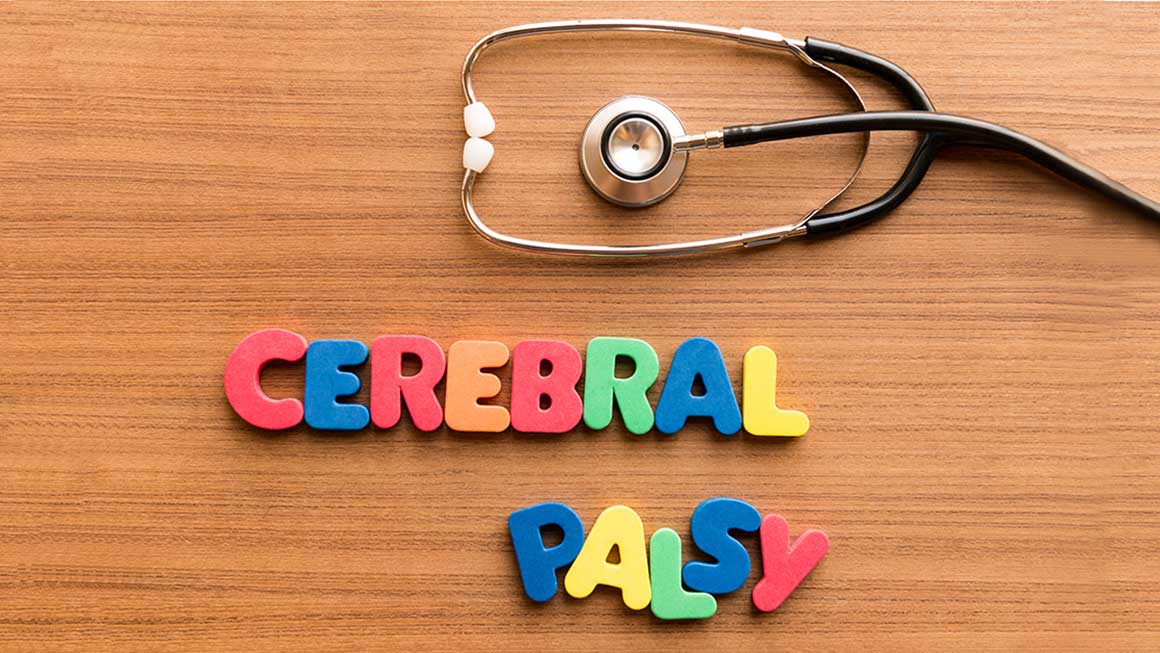How Do Birth Injuries Still Occur?
Given the tools that doctors have at their disposal, it can be very difficult to figure out how so many babies can still suffer from birth injuries. The fact is, human error is the number one cause of birth injuries today. A doctor can have all of the resources in the world available to them. However, if they fail to use those resources or fail to correctly assess the information with which they are presented, bad things can happen.
Some of the most common reasons that doctors fail to properly diagnose a pregnancy problem are:
● Failure to run all proper screenings and tests
● Failure to fully review a mother’s medical history
● Failure to monitor problems like infection and maternal preeclampsia
● Failure to detect fetal distress, or whether the baby is incorrectly positioned or too large
Most of these problems are easily avoidable as long as a doctor follows proper procedure throughout a pregnancy.
What Is Cerebral Palsy?
Cerebral palsy is a group of motor and neurological conditions, which affect movement, balance, and posture. Although causes of cerebral palsy can vary, many are preventable by doctors abiding by the medical standards already in place.
Cerebral palsy is a lifelong condition that can have a severe impact on the life of your child. There are four main types of cerebral palsy, and while some cases are mild, with only one arm affected, others are severe and can affect your child’s whole body, along with causing damage to their cognitive functions.
The four types of cerebral palsy are:
● Spastic cerebral palsy
● Dyskinetic cerebral palsy
● Ataxic cerebral palsy
● Mixed cerebral palsy
Spastic Cerebral Palsy
Spastic cerebral palsy is the most common form of this disorder by far, with around 80% of all cases of CP being of this type. Spastic CP is categorized by increased muscle tone that leads to stiff muscles and awkward movements.
There are multiple subcategories of spastic CP. Spastic diplegia/diparesis is focused on the legs, with the upper body either only mildly affected or fully functioning. Spastic hemiplegia affects one side of the body while leaving the other side functioning normally. Generally, there is more of an effect on the arm rather than the leg with spastic hemiplegia.
Spastic quadriplegia impacts all four limbs. In addition, there is often also an effect on the body and face. Spastic quadriplegia can lead to intellectual disabilities, seizures, difficulty speaking, trouble hearing, and partial or full blindness.
Dyskinetic Cerebral Palsy
Dyskinetic cerebral palsy impacts an individual’s control of limb movement. Dyskinetic CP is categorized by muscle tone, which varies between too tight and too loose, sometimes switching back and forth multiple times within a single day. People with dyskinetic CP often struggle with sitting and walking. For some, the face and tongue are also impacted, which can lead to challenges with talking, swallowing, and facial expressions.
Ataxic Cerebral Palsy
Ataxic cerebral palsy is a milder version of the disorder. Ataxic CP impacts a person’s balance and coordination. People with ataxic CP may find walking or performing tasks requiring precision or quick movements.
Mixed Cerebral Palsy
Mixed cerebral palsy is a combination of multiple types of CP. The most common form of mixed cerebral palsy is a combination of spastic and dyskinetic cerebral palsy.
There is no cure for cerebral palsy yet, despite extensive research. The hope is that as we come to understand the human mind better, solutions will be found to repair the damaged areas of the brain and restore normal function to those living with this condition. Until then, the best a parent can hope for is to prevent the condition from worsening at all.
There are many therapies out there that can help to prevent a lot of the complications of cerebral palsy from getting to be too debilitating as long as therapy begins when the child is still quite young. There are also many technological advancements available to those who can afford them, which can help minimize the effects of cerebral palsy.
What Are the Legal Options?
Parents of children affected by a birth injury are most likely going to be seeking compensation. Even with a mild case of cerebral palsy, there are going to be medical bills. Not to mention the pain and suffering caused by cutting off a child’s potential for many activities they might want to pursue. Playing most musical instruments, for example, will pose a severe challenge, even for someone who is only affected in one arm.
When your child is facing a diagnosis of cerebral palsy, you are going to want to have the funds to provide them with the best tools available to limit the effects of their condition. Most people can’t afford the costs associated with a birth injury on their own.
Filing a lawsuit in a case of medical malpractice is not just about protecting yourself and your family. It is also about protecting the families of all the future patients of your doctor. Preventable injuries should be prevented, and a lawsuit can help to ensure that your doctor will not make the same mistakes twice.
Even if you are not a particularly litigious person, it is in the best interest of your child and their future to pursue a lawsuit. You may bring the suit against the hospital, doctor, or any other medical professional who may have been responsible for the damage done. If your child suffered a birth injury due to medical malpractice, you should consult with an experienced birth injury lawyer to discuss your options and make a plan of action.






